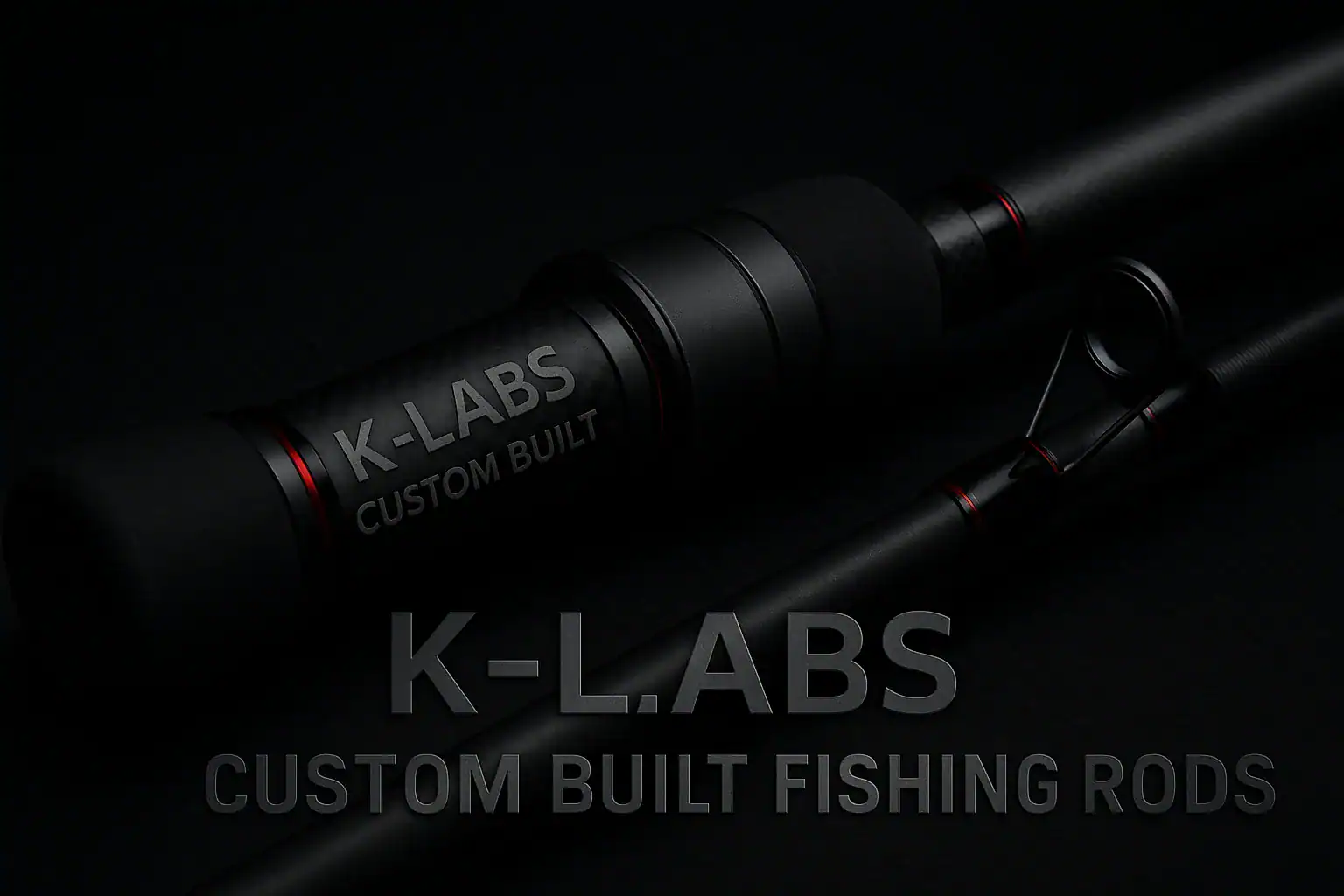-
How Many Guides Should a Surf Rod Have? (And Why It Matters)
Read more: How Many Guides Should a Surf Rod Have? (And Why It Matters)When anglers talk about surf rods, the focus is usually on rod length, casting weight, or reel choice. One of the most overlooked — yet most important — elements of surf rod performance is guide count and guide spacing. At K-Labs, we regularly see long surf rods fitted with too few guides, poor spacing, or…
-
Why Rod Feel Changes With Different Jighead Weights (NZ Softbaiting Explained)
Read more: Why Rod Feel Changes With Different Jighead Weights (NZ Softbaiting Explained)If you’ve ever swapped from a 1/4oz to a 1/2oz jighead and thought, “Why does my rod suddenly feel different?” —you’re not imagining it. Rod feel changes dramatically depending on the jighead weight, depth, drift, and current. It’s not the rod that’s inconsistent — it’s how the blank responds to load, recovery, and tension. Here’s…
-
Why You Miss Bites on Softbaits (NZ Edition)
Read more: Why You Miss Bites on Softbaits (NZ Edition)Missing bites is one of the most frustrating parts of softbait fishing — especially when you know fish are there. You feel something, go to strike… and there’s nothing. Or worse: you never felt anything at all. The truth is this: Most missed softbait bites have nothing to do with skill — they come down…
-
Softbait Rod Balance NZ — Why Tip-Heavy Rods Kill Sensitivity & Technique
Read more: Softbait Rod Balance NZ — Why Tip-Heavy Rods Kill Sensitivity & TechniqueIf a softbait rod feels heavy in the tip, you’re already fishing at a disadvantage. Poor balance doesn’t just make a rod feel “off” — it directly affects strike detection, fatigue, lure control, and overall performance. Here’s what every NZ softbait angler needs to know about balance. Why Balance Matters More Than Raw Weight A…
-
How Proper Grip Transitions Improve Rod Sensitivity (Most Rods Get This Wrong)
Read more: How Proper Grip Transitions Improve Rod Sensitivity (Most Rods Get This Wrong)If you’ve ever picked up a rod and thought “Why does this feel dead?” — chances are the blank wasn’t the real problem. One of the biggest killers of rod sensitivity is something almost no factory rod builder talks about: The grip-to-reel-seat transition. A rod blank is at its most sensitive when it’s untouched —…
-
Why Most Softbait Rods Feel Dead — And How to Fix It (NZ Edition)
Read more: Why Most Softbait Rods Feel Dead — And How to Fix It (NZ Edition)K-Labs Custom Built Rods — Rods of Fine Design Every angler knows the feeling: you cast out a softbait, start working the lure, and something doesn’t feel right. The rod feels numb. You can’t feel the lure. Little bumps don’t register. The connection isn’t there. The rod feels “dead.” This is one of the most…
-
Softbait Rod Sensitivity Misunderstood — The Real Truth NZ Anglers Need
Read more: Softbait Rod Sensitivity Misunderstood — The Real Truth NZ Anglers NeedK-Labs Custom Built Rods — Rods of Fine Design Most anglers talk about “sensitivity” as if it’s a single feature you can buy off a label. But in softbait fishing, sensitivity is one of the most misunderstood qualities in a rod. Some swear a rod is “super sensitive” because it’s stiff. Others think carbon tonnage…
-
The Ultimate NZ Softbait Rod Guide (2025 Edition)
Read more: The Ultimate NZ Softbait Rod Guide (2025 Edition)Choosing the Right Rod for New Zealand Soft Bait Fishing Softbait fishing has become one of New Zealand’s most effective, exciting, and rewarding ways to target snapper, kahawai, trevally, and a range of inshore species. The technique relies heavily on the right rod—one designed to work lures naturally, transmit subtle bites, and fight fish efficiently…
-
THE SCIENCE OF THE SOFTBAIT DROP — WHY SNAPPER HIT BEFORE YOU EVEN WIND (NZ EDITION)
Read more: THE SCIENCE OF THE SOFTBAIT DROP — WHY SNAPPER HIT BEFORE YOU EVEN WIND (NZ EDITION)Most anglers think softbaiting success comes from how you work the lure. Lift… drop… twitch… repeat. But here’s the truth: In New Zealand, the majority of snapper are hooked before you ever start winding. They eat the softbait on the drop — that crucial moment when your lure is sinking naturally through the water column.…
-
THE ULTIMATE SOFTBAIT RIGGING & JIGHEAD GUIDE FOR NZ (2025 EDITION)
Read more: THE ULTIMATE SOFTBAIT RIGGING & JIGHEAD GUIDE FOR NZ (2025 EDITION)Softbaiting is one of the most effective ways to catch snapper in New Zealand — but your results depend massively on how you rig your softbaits and which jighead shape and weight you choose. NZ fishing isn’t like other countries. We fish deeper water, stronger current, and drift far more aggressively. That means the right…

Fishing rods of fine design.